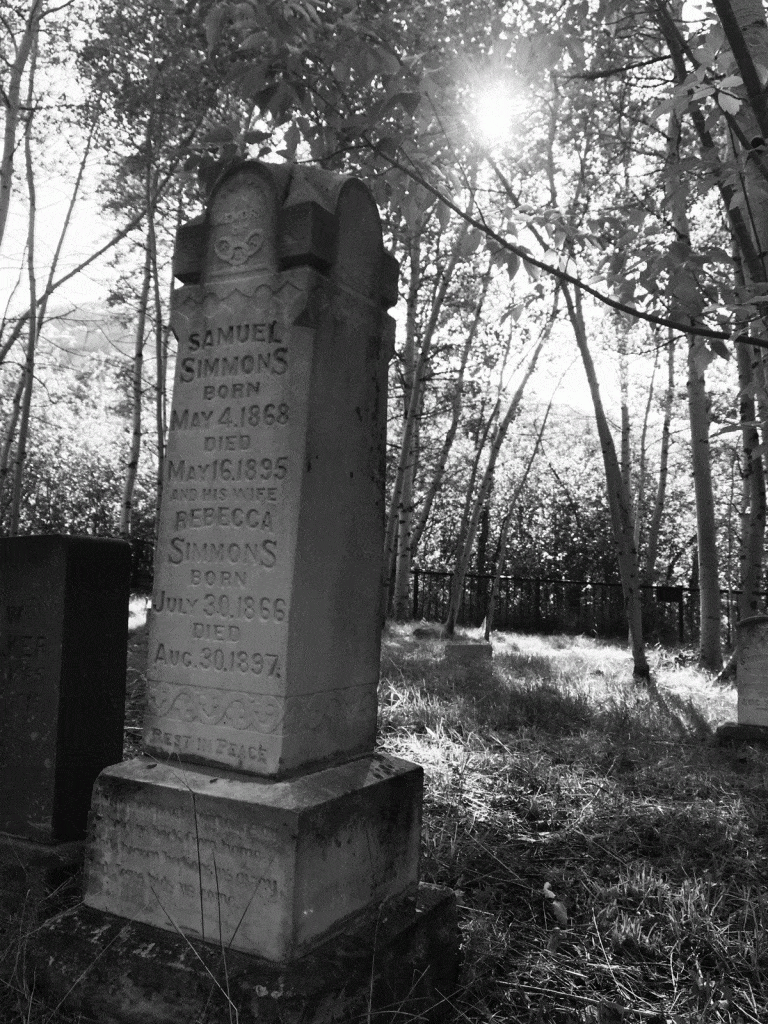Rebecca Simmons was born in Brazil in 1866. Her family came from Cornwall, England, a place where mining had flourished since the Bronze Age. But by the 1860s the mineral deposits there were depleted. As mines closed, miners and their families desperately sought opportunities abroad. Brazilian mines were booming, so Rebecca’s family relocated.
However, no boom lasts forever. By her teen years, the family had returned to England, where she married Samuel Simmons. He, like most men and boys she’d ever met, was a miner. Soon they had a son named John, but a large family was not in the future for Rebecca and Samuel.
With work still scarce and a family to support, Samuel joined family in America. His relatives were working in the booming silver mining town of Park City.
Samuel found work in the Anchor Mine. Rebecca was left behind with their small child in a community that lacked for optimism or opportunity. They planned for the family to settle together in Park City, but they could never have anticipated how that would actually happen.
A horrendous accident occurred on May 16, 1895 in which the hoist raising Samuel and two fellow miners lost control. The three men were jarred abruptly from the cage, one landing safely to the side, the other two sent tumbling mercilessly back down the dark shaft, falling 1400 feet to their mangled deaths.
When Rebecca was notified of Samuel’s tragic death, her loss and grief were surely magnified by the dreadful circumstances of his demise. Though the journey to Park City was difficult and she was too late for the funeral of the scant remains collected of his body, she longed to join Samuel in whatever way possible. She tried to settle in to a widowed life in Park City with young John. However, she was anything but settled. Rebecca’s health soon began to fail. To those around her, it seemed it was her grief that was robbing her of her ability to control herself. She became increasingly unable to walk, talk, or care for herself or for her son. Her family took her for a medical consultation, the diagnosis of which was “insanity”.
In July 1897 she was committed to the Territorial Insane Asylum in Provo, where she died the following month. After an inquest into her death, it was determined she had actually suffered from bulbar paralysis, a condition likely caused by polio. Rebecca joined Samuel in side-by-side burial plots in the Glenwood Cemetery.

Credit: Courtesy Christie Dilloway
If you’d like to learn more about other Parkites of the past who are buried at the Glenwood, sign up for one of the Park City Museum and Glenwood Cemetery Association’s Historic Glenwood Cemetery Tours this Saturday, September 22. Space is limited and reservations are required.